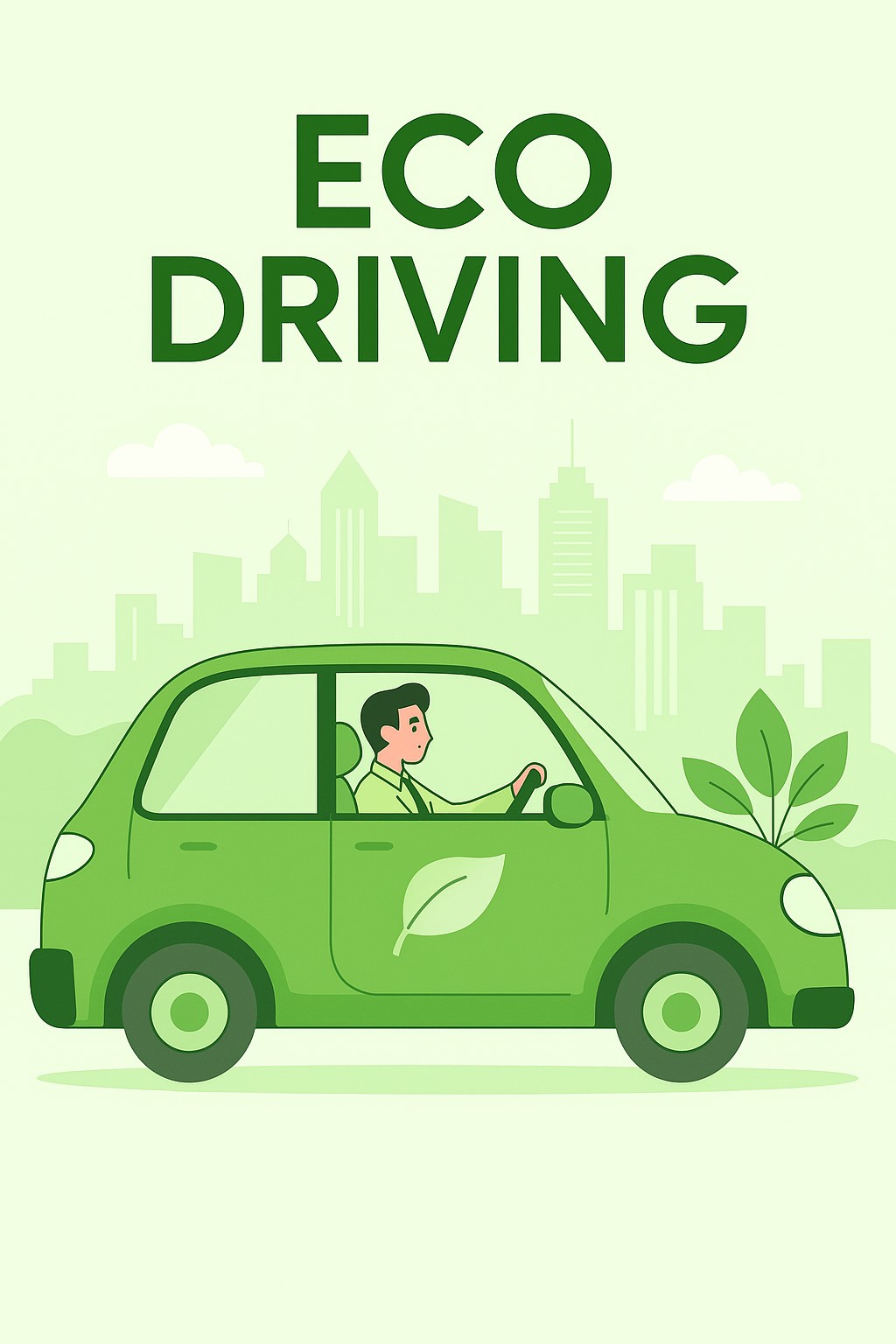Eco-driving is a smart, simple way to cut fuel costs, reduce emissions, and extend your vehicle’s life — all while driving more smoothly and safely.
🌱 Eco-Driving: Save Fuel and Drive Smarter
With fuel prices rising and environmental concerns growing, eco-driving has become more than just a buzzword — it’s a practical, everyday strategy for smarter motoring. Whether you’re a learner driver or a seasoned commuter, adopting eco-driving habits can make a noticeable difference to your wallet and your carbon footprint.
🚗 What Is Eco-Driving?
Eco-driving is a set of driving techniques designed to maximize fuel efficiency, minimize emissions, and reduce wear and tear on your vehicle. It’s not about driving slowly — it’s about driving smartly.
According to the AA, drivers who adopted eco-driving techniques saved an average of 10% on fuel, with some achieving up to 33% savings.
🔧 Before You Drive: Prep for Efficiency
- Keep your car well-maintained: Regular servicing, clean air filters, and correct engine oil improve fuel economy.
- Check tyre pressure: Under-inflated tyres can increase fuel consumption by up to 3%.
- Remove excess weight: Clear out your boot and remove roof racks when not in use — extra weight and drag cost fuel.
- Plan your route
Eco driving is part of the UK driving test, but you will not fail your test for not being eco-efficient. Instead, the examiner will assess your eco-safe driving for feedback purposes only, which will not affect your pass or fail result. The assessment covers planning and control, focusing on techniques like gentle acceleration, avoiding harsh braking, using appropriate gears, and anticipating traffic to minimize fuel consumption and emissions.
What the examiner assesses
- Planning: Anticipating traffic to avoid unnecessary stops and using engine braking where appropriate.
- Control:
- Starting and moving off smoothly.
- Accelerating gently to avoid over-revving the engine.
- Using the appropriate gear and changing gears early when safe.
- Avoiding heavy braking by slowing down in good time.
- Maintaining an appropriate speed.
What this means for your practical driving test,
You’ll get feedback: At the end of the test, the examiner will provide you with feedback on your eco-driving performance to help you improve for the future.
You won’t fail for it: The eco-safe driving assessment is separate from the main criteria for passing the test, so it cannot cause you to fail.
Safety first: Your primary focus must always be on driving safely. If a situation requires a more forceful braking or acceleration for safety reasons, you should do what is necessary.
It’s about awareness: The examiner is checking if you are aware of eco-safe principles and are capable of applying them when it’s safe to do so.


